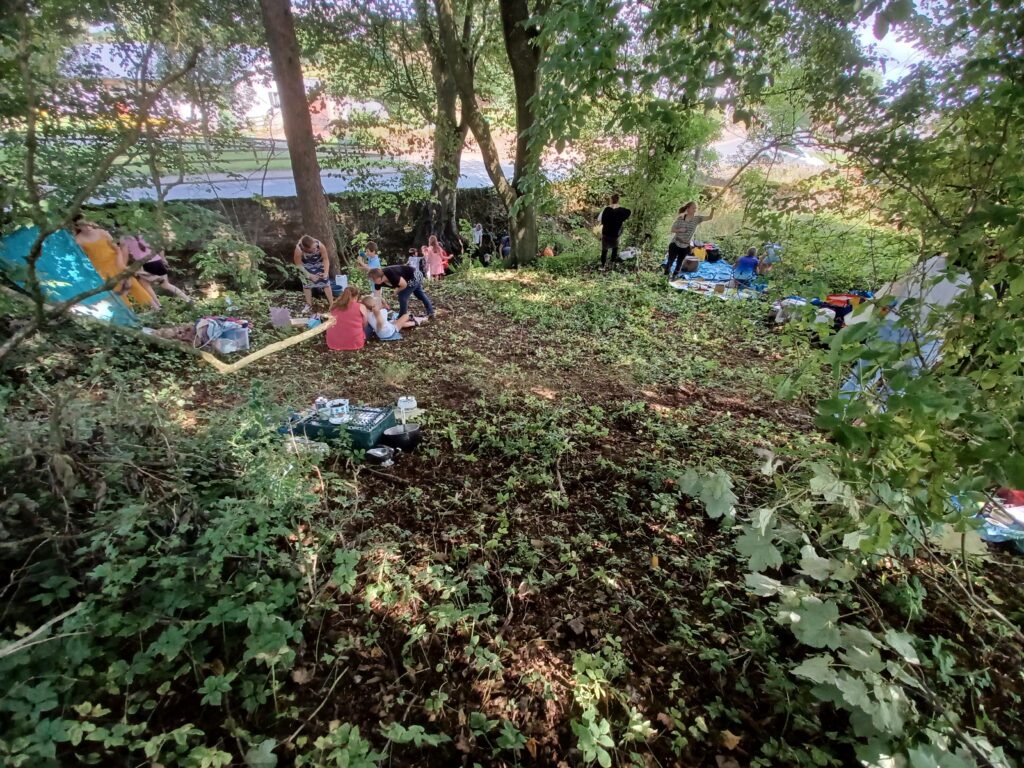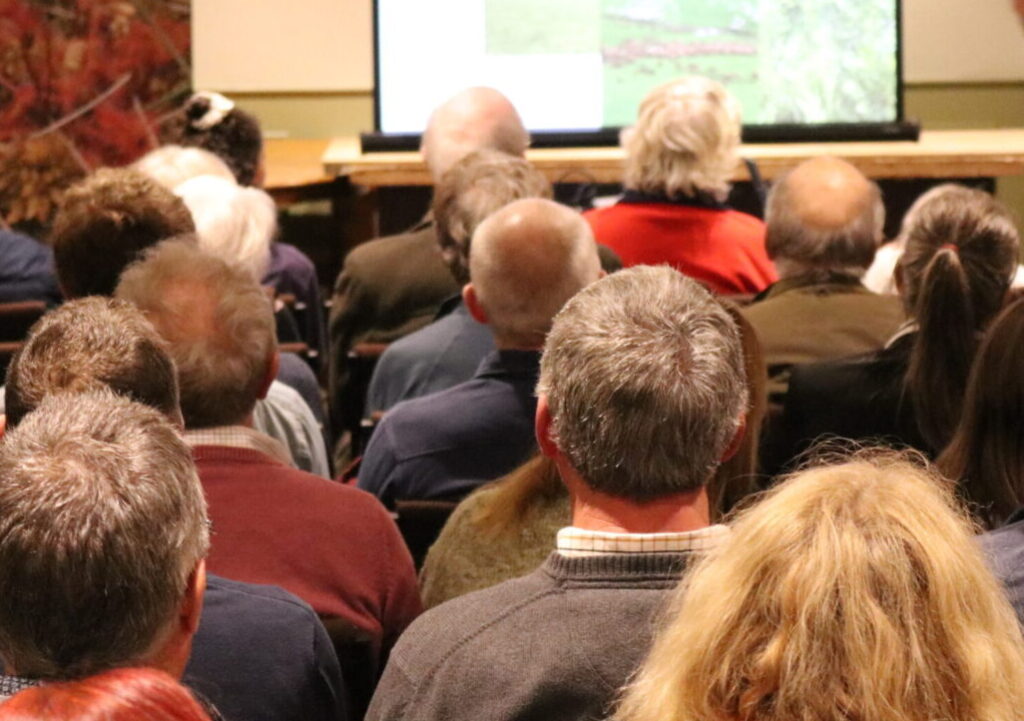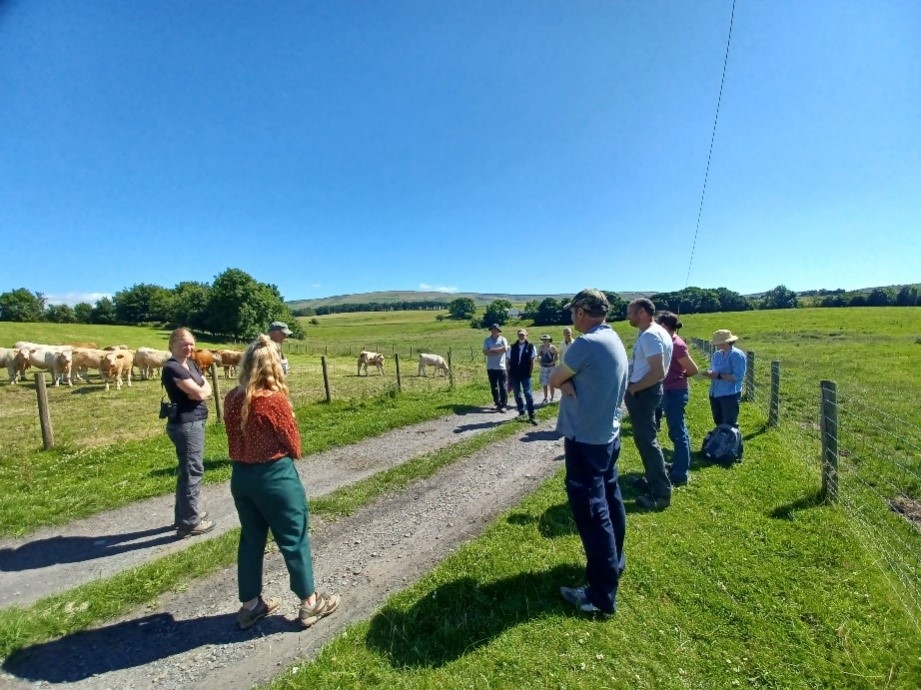News
Animating geology
5 December 2024
Animating geology
By Naomi Foster, Geology Projects Officer
Rock talk (Wolsingham School)
In the summer of 2019, the North Pennines AONB Partnership worked with some students at Wolsingham School and Queen Elizabeth Sixth Form College along with professional animator Sheryl Jenkins to make some animations. The idea behind the project was to help other people to understand the geology of the North Pennines AONB and UNESCO Global Geopark in a fun way, whilst also building on the knowledge and skills of the students. It began with a visit to Bowlees Visitor Centre and the surrounding area to find out about the key features of the geology, get a feel for the place, collect ideas and try out some animation techniques. The results speak for themselves.
Sometimes, they literally speak for themselves. ‘Bert the Brachiopod’ was the brainchild of one group at Queen Elizabeth College and became a bit of a mascot for the project. The students wanted to give an overview of the 500-million-year geological history of the area and decided a character would help tell the story. The North Pennines has many fascinating fossils, but they’re not the most charismatic of creatures – we don’t have giant ammonites like the Basque Coast Geopark, trilobites nearly a metre long like Arouca Geopark, and certainly no dinosaurs. Hence Bert the Brachiopod was born – a clam-like shelled creature similar to those that inhabited the North Pennines over 300 million years ago, with added plasticine eyes and mouth to animate of course.
The geology of the North Pennines (Queen Elizabeth 6th Form)
Plasticine was a popular choice and the students practiced stop-motion techniques using cameras on tablets to bring it to life, one tiny adjustment after another. Some of the animations homed in on particular parts of the story, like the formation of mineral veins. These give the North Pennines international geological significance and are the reason that mining forms such a strong part of local heritage. The formation of a plasticine version may not have been quite geological in its timescale, but it might have felt it at times!
Minerals in the North Pennines (Wolsingham School)
Others went for a more polished digital feel, using simple computer animation and editing in captions and images to show how molten rock formed the Whin Sill that now forms prominent features across the north of England.
The formation of the Whin Sill (Queen Elizabeth 6th Form)
Some students went for a mixture of techniques – cutting paper shapes to show the effects of ice and water on the landscape or drawing by hand with pen, paint and or pastels. All of the different geological features presented different challenges of how to capture the science simply, clearly and visually. Voiceovers were recorded with some reluctance – no one likes hearing themselves played back over and over to perfectly match the sound track to the images. Eventually all that was left to do was edit it all together and add some credits, which you will see were produced with great enthusiasm.
Shaped by ice and water (Wolsingham School)
How to make a waterfall (Queen Elizabeth 6th Form)
Geology in the North Pennines (Wolsingham School)
Please enjoy these animations – they represent many hours of hard work by some dedicated and talented young people, and allow you to experience some geological stories of the North Pennines AONB and UNESCO Global Geopark in a whole new way.
Thanks to animator Sheryl Jenkins, to staff at Wolsingham School and Queen Elizabeth Sixth Form College, to the National Lottery Heritage Fund, and to the INTERREG Atlantic Area programme of the European Regional Development Fund for making this project possible.











